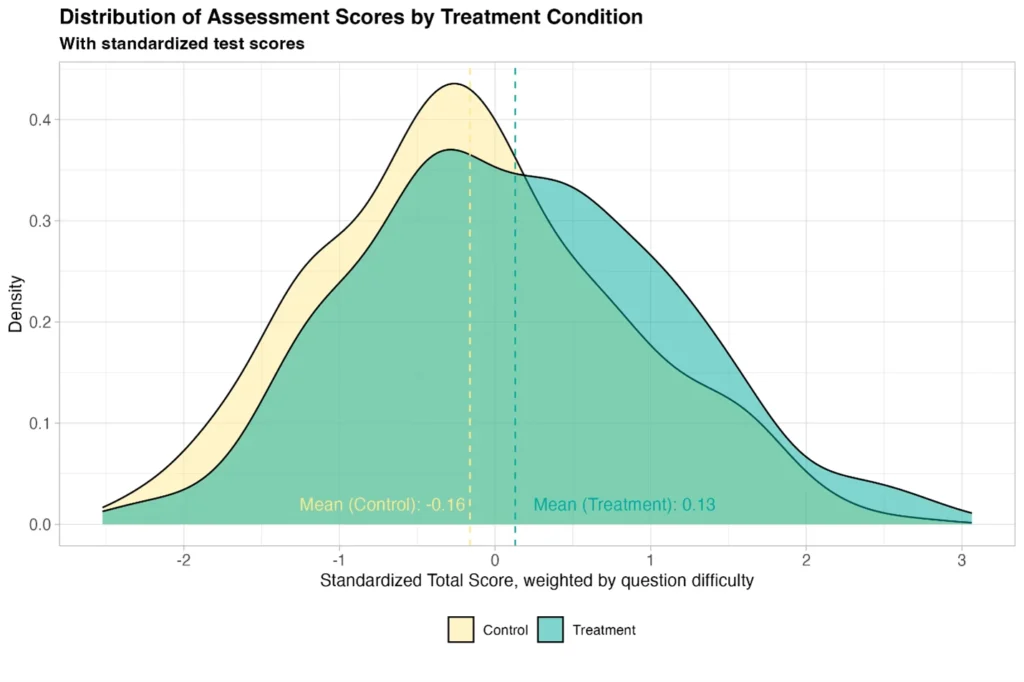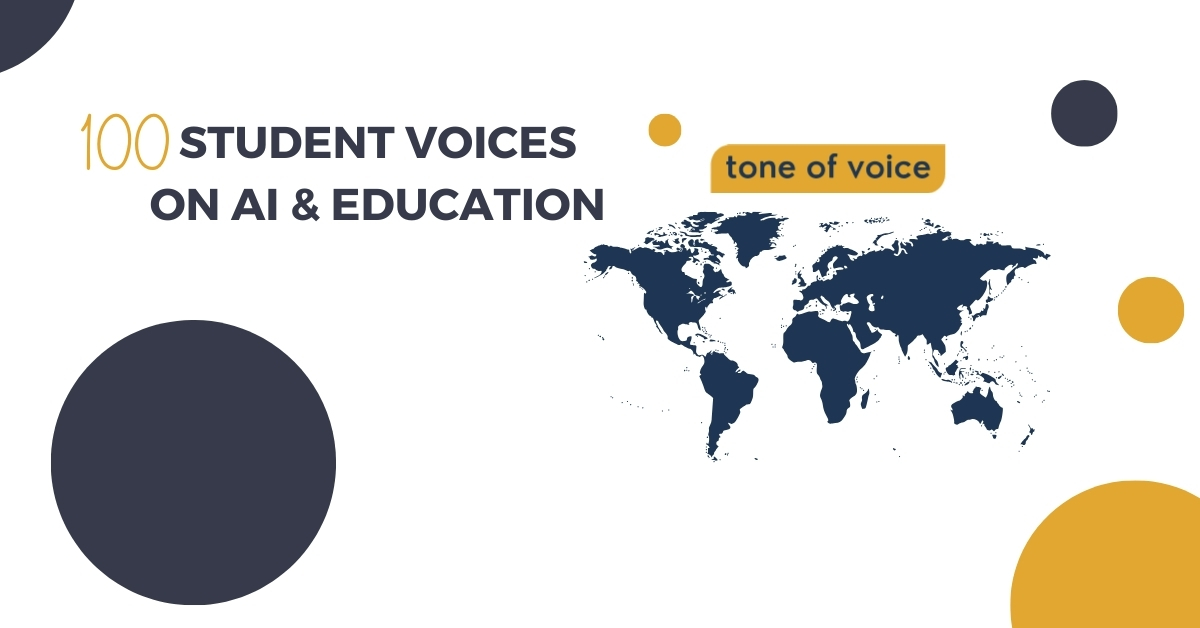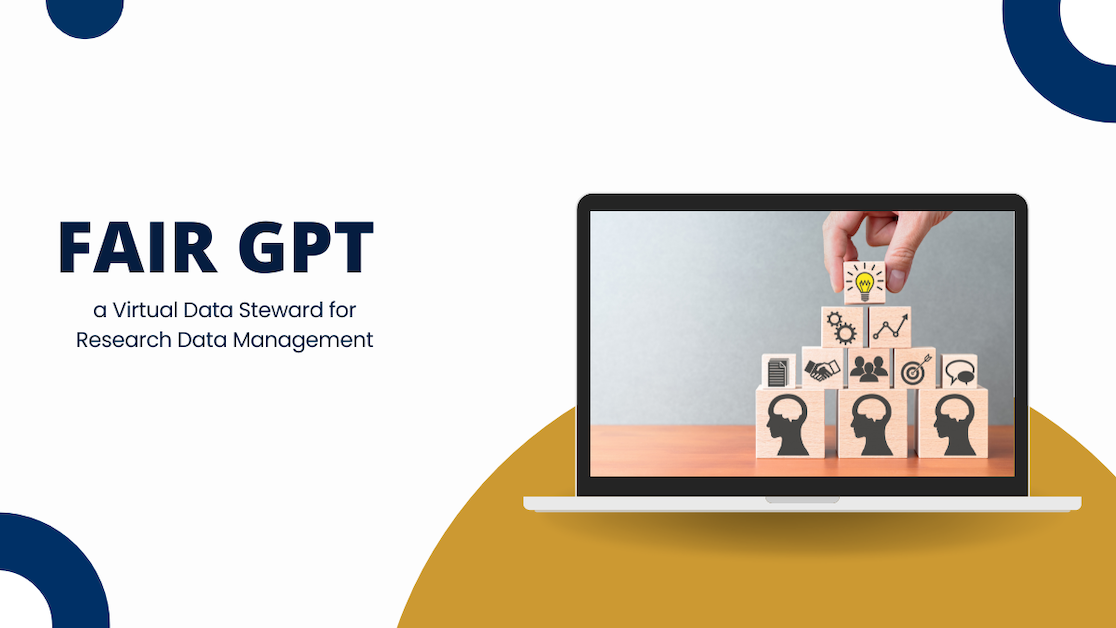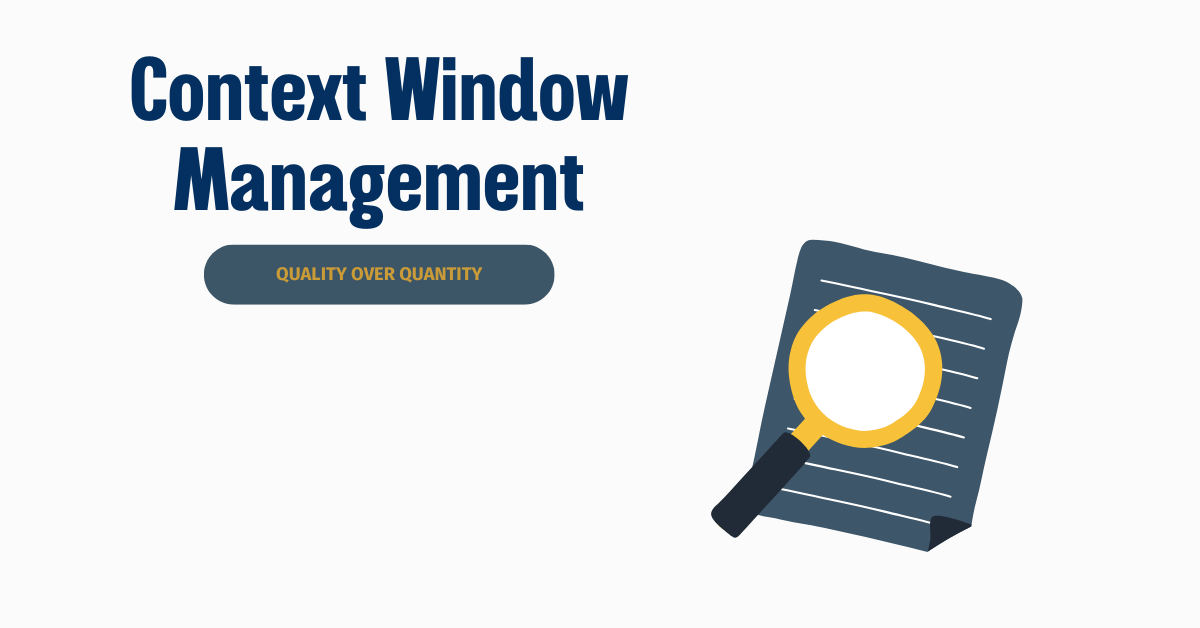Student Voices on AI: A recent World Bank study offers some insights into the influence of AI on higher education, let’s looks at what the study is telling us. The study draws on experiences of 100 students across 10 emerging economies, thereby giving a platform for student voices from diverse cultural and socioeconomic backgrounds. This gives a window into how AI is reshaping the nature of learning in higher education in these countries.

How Is AI Changing The Way Students Learn?
The transformation of student learning through AI appears to be happening across several dimensions. Buy at its core, AI is changing not just what students can access, but how they engage with and process information.
First, AI is breaking down traditional barriers that were existent to knowledge access. Ethiopian economics students, for instance, have found ways to make complex academic articles more digestible. Where students previously might have struggled with dense academic language or paywalled content from sources like the Harvard Business Review, they can now use AI to summarize and simplify these materials while maintaining the core concepts. This democratization of knowledge means students can engage with academic content that might have been previously inaccessible.
Another study conducted by the world bank used a randomized controlled trial in Nigeria to demonstrate significant educational benefits from AI integration. The study found that six weeks of teacher-guided AI tutoring, using prompts created by teachers, increased test scores by 0.3 standard deviations, equivalent to two years of typical learning gains. This program outperformed 80% of other educational interventions studied in developing countries, suggesting that AI, when thoughtfully implemented with teacher support, can be an effective educational tool.

Second, the learning process is also becoming more multifaceted through AI. Nigerian history students discovered that different AI tools provide varying perspectives on historical events. This would mean that it naturally encourages critical thinking, as students can compare different AI-generated interpretations, forcing them to evaluate and synthesize multiple viewpoints rather than accepting a single narrative. On the other hand, if students adopt only one AI tool and overrely on this tool, this could narrow down their viewpoint.
In technical fields, the transformation is even more pronounced. STEM students in Indonesia reported a complete shift in how they learn programming. Rather than the traditional cycle of writing code, waiting for compilation, and then debugging, often a time-consuming and frustrating process, they now have real-time assistance. The AI provides immediate feedback and suggestions, creating a more interactive and dynamic learning environment. This immediate feedback loop accelerates the learning process.
Perhaps most significantly, AI is changing the pace and trajectory of skill acquisition. The research revealed that students can now tackle complex projects much earlier in their learning journey. For example, one student reported being able to create a website without spending months learning the prerequisite skills. This compression of the learning timeline doesn’t mean students are learning less, rather, they’re learning differently. Instead of following a linear path of skill acquisition, they can now work on projects that interest them while learning the underlying principles through AI-guided assistance.
However, this shift comes with new requirements. Students must develop new meta-learning skills, particularly in prompt engineering. They need to learn how to effectively communicate with AI tools, formulate questions that will yield useful responses, and critically evaluate the output they receive. This represents a shift from traditional memorization and application to a form of information management and validation.

One particularly interesting finding is how AI is changing the relationship between theory and practice. Students are able to move more fluidly between conceptual understanding and practical application. When they encounter a theoretical concept they don’t understand, they can immediately see it applied in multiple contexts through AI-generated examples. Conversely, when working on practical projects, they can quickly access theoretical explanations of the principles they’re applying.
This transformation in learning is significant because it represents a shift from a linear, structured approach to a more dynamic, interconnected form of education. Students are becoming active architects of their learning experience rather than passive recipients of information. The role of memorization is diminishing, replaced by an emphasis on understanding how to access, validate, and apply information effectively.
What Concerns Do Students Express
The first major concern of the students centers around critical thinking skills. Students across multiple countries, particularly in Cameroon, expressed deep skepticism about over-reliance on AI for answers. The worry isn’t just theoretical, students fear that the convenience of getting instant answers might gradually erode their ability to think deeply and independently about complex problems.
An analogy that came to our mind, was that of the adoptation of calculators. Think of it as similar to how calculators, while useful, has led to diminshed math abilities due to over-reliance on the calculator.
Access inequality represents another substantial concern. The study reveals a concerning digital divide that could amplify existing educational disparities. While some AI tools are freely available, many advanced features require paid subscriptions (and these subcription prices are becoming more and more expensive). This creates a two-tier system where financially constrained students have limited access to powerful learning tools. Additionally, in countries like Cameroon and Rwanda, unreliable internet connectivity further compounds this accessibility problem. Imagine trying to use an AI tutor that repeatedly disconnects, that is not just frustrating, it’s potentially hampering educational progress.
The accuracy and reliability of AI tools emerged as another significant worry. Students, particularly those in specialized field, found that AI’s knowledge isn’t always adequate for their specific needs. This raises an important question: how can students identify when AI is providing accurate information versus when it might be generating plausible-sounding but incorrect content? The challenge is particularly acute because AI can sometimes present incorrect information with the same confidence as accurate information.
Perhaps most fundamentally, there’s concern about the potential dehumanization of education. While AI offers helpful tools for learning, students worry about losing the human elements of education, the spontaneous discussions, the emotional connections, and the social aspects of learning that contribute to a complete educational experience. Indonesian psychology students noted that AI lacks the emotional intelligence necessary for their field, highlighting how some aspects of learning simply cannot be replicated by artificial intelligence.
Conclusion
The World Bank study 100 student voices on AI indicates how AI is changing higher education. While listing many benefits, it simultaneously highlights important challenges that need to be addressed. This AI transformation isn’t simply about adopting new technology; it represents a fundamental shift in the educational paradigm, where students are becoming active architects of their learning rather than passive recipients of information. The risk of diminishing critical thinking skills through over-reliance on AI echoes historical concerns about calculator use in mathematics. The growing digital divide, exacerbated by expensive AI tool subscriptions and unreliable internet access in some regions, threatens to create new educational inequalities rather than resolve existing ones. Furthermore, the challenge of distinguishing accurate from plausible-sounding but incorrect AI-generated content (hallucinations) requires new forms of digital literacy.
Sources
- Cobo, C., Munoz-Najar, A., & Bertrand, M. (2024). 100 Student Voices on AI and Education. World Bank. https://documents1.worldbank.org/curated/en/099115410312428266/pdf/IDU10a94e2cb1d123145c51875e13217bc44276f.pdf
- De Simone, M. E., Tiberti, F., Mosuro, W., Manolio, F., Barron, M., & Dikoru, E. (2025, 9 januari). From chalkboards to chatbots: Transforming learning in Nigeria, one prompt at a time. World Bank Blogs. https://blogs.worldbank.org/education/chalkboards-chatbots-transforming-learning-nigeria-one-prompt-time




